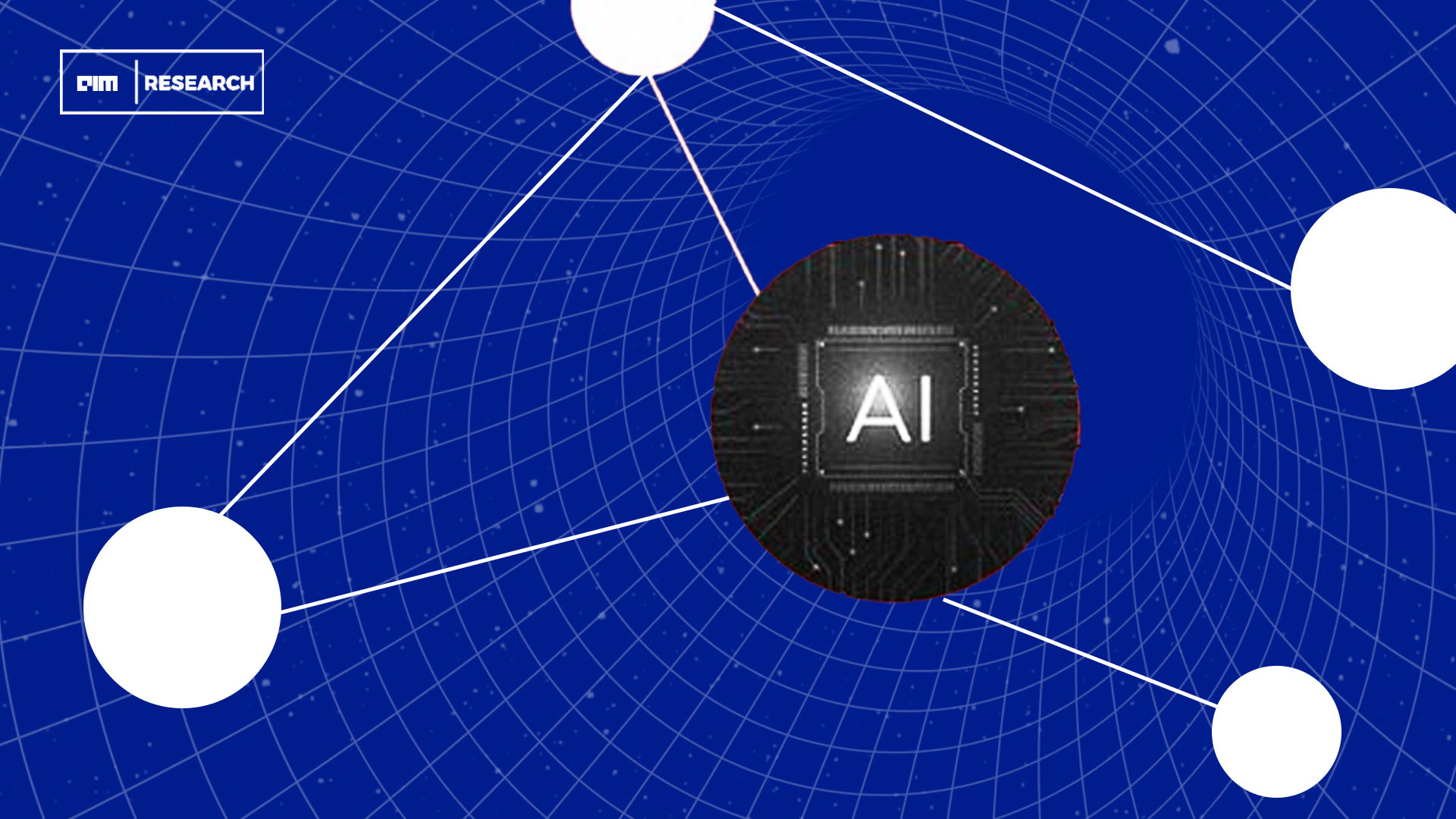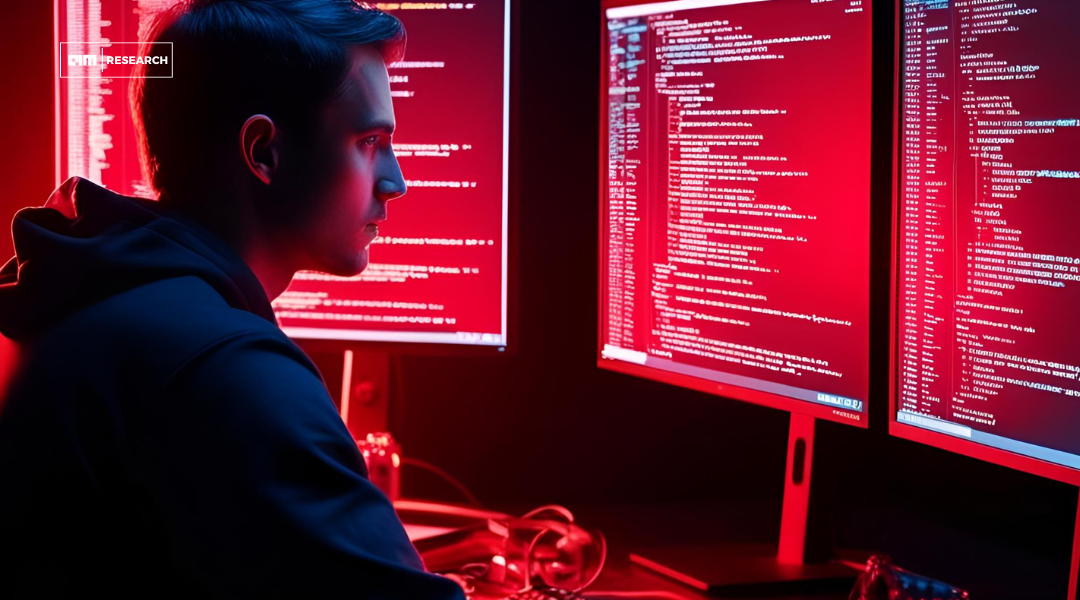In 2024, researchers with ties to the Chinese People’s Liberation Army (PLA) used Meta’s open-source LLaMA model to create an AI tool called “ChatBIT,” according to a Reuters report. The tool was designed for military use, including intelligence collection and operational decision-making. Meta’s policies forbid the use of its technology for military and espionage purposes; however, the open-source nature of LLaMA made it difficult for Meta to enforce these restrictions.
Artificial intelligence technologies, models, and tools that are publicly available under open-source licenses are referred to as Open Source AI. This implies that the AI software can be accessed, modified, distributed, and collaborated on without restrictions by anyone, including individual developers, researchers, startups, and large organizations. Open-source AI encourages the free exchange of code and research, which fosters collaboration and speeds up innovation in the AI sector. In the context of machine learning and AI, “open-source” means that the underlying code, algorithms, and models are not locked behind proprietary barriers, allowing for broader participation in AI innovation. Popular open-source AI tools include TensorFlow, PyTorch, and OpenAI’s GPT models in some cases. Open-source AI can span various domains, such as natural language processing (NLP), computer vision, and reinforcement learning.
Open Source 101
It not only changes the tech landscape but also reshapes how AI is developed and used. At its core, open-source AI fosters collaboration. Developers, researchers, and institutions from around the world can now work together to drive advancements, creating a global ecosystem of innovation. This collective effort accelerates discoveries and improvements at a much faster pace. Transparency is another key benefit. Unlike proprietary AI systems that often operate as “black boxes,” open-source AI allows users to inspect and understand how models work, ensuring accountability and addressing ethical concerns. Open-source AI is also cost-effective. By eliminating the need for expensive proprietary tools, it democratizes access to powerful AI technologies, enabling startups, educational institutions, and developers with limited resources to participate in AI development and experimentation.
Lastly, faster innovation is a natural outcome of open-source AI. Developers can build on existing frameworks, rapidly iterating and improving models without reinventing the wheel, leading to quicker advancements and discoveries.
While giants like Meta and Google often dominate headlines, a wave of smaller, scrappier innovators is quietly building powerful open models, tools, and infrastructure that are changing the way AI is developed, shared, and deployed.
Open source Startups on The Rise
A wave of innovative U.S.-based startups and research groups is quietly powering the open-source AI revolution. EleutherAI led the charge with grassroots models like GPT-Neo and GPT-J, democratizing access to powerful language tools. In San Francisco, Together AI is building the infrastructure to support open models like LLaMA and Mixtral, while MosaicML, now part of Databricks, developed the efficient MPT-7B models. Hugging Face in New York has become the heart of the open-source AI community with its vast model hub and Transformers library. Stability AI, though UK-registered, runs much of its operations in the U.S. and set off a movement with Stable Diffusion, a breakthrough in open-source image generation. In Seattle, the Allen Institute for AI (AI2) backs research-friendly models like OLMo, and stealthy newcomers like Reka AI are exploring next-gen agentic and multimodal systems. Together, these players are reshaping how AI is built, shared, and scaled.
Trump’s Alarm On China’s AI Prowess
The Hudson Institute’s report finds that while open-source AI has promoted rapid innovation and democratized access to AI tools, its potential for misuse by authoritarian regimes raises concerns related to national security and economic competition.
The report highlights U.S. President Donald Trump’s escalating worries that China’s swift progress in AI, facilitated by gaps in US export control laws, jeopardizes national security and economic leadership. The United States must take decisive action to maintain its competitive advantage in this critical technological race or risk falling behind.
One of the most pressing concerns is that open access to sophisticated AI models and tools could enable malicious actors, including state-sponsored entities, cybercriminals, or terrorist organizations, to leverage these technologies for harmful purposes.
Deepfake technology, an AI-driven technique used to create hyper-realistic, fake videos, has already raised alarms. While AI has the potential to revolutionize cybersecurity, it can also be weaponized. If freely available, deepfake models can be used to spread misinformation, manipulate public opinion, or even incite violence. Similarly, adversarial AI techniques, where AI models are manipulated to make incorrect predictions could be used to compromise systems, causing massive disruptions in critical infrastructure, financial markets, or military operations.
Moreover, the increasing availability of powerful AI tools may also pose a risk to global stability. With the right knowledge and resources, individuals or groups could use AI to launch cyber-attacks, create autonomous weapons, or develop systems that undermine national security. The accessibility of AI tools without sufficient oversight and regulation raises concerns that these technologies could be used in ways that threaten the safety and sovereignty of nations.
Some of these open source AI developers have posed security, ethical, or misuse risks. It’s important to note that OpenAI has not open-sourced its most powerful models like GPT-3, GPT-4 precisely due to national security and misuse concerns. However, open-source equivalents inspired by OpenAI’s work have raised red flags.
Christopher Robinson, chief security architect at the Open Source Security Foundation (OpenSSF) said to the Information Week, “Open-source AI and software can present serious national security risks — particularly as critical infrastructure increasingly relies on them. While open-source technology fosters rapid innovation, it doesn’t inherently have more vulnerabilities than closed-source software.”
























